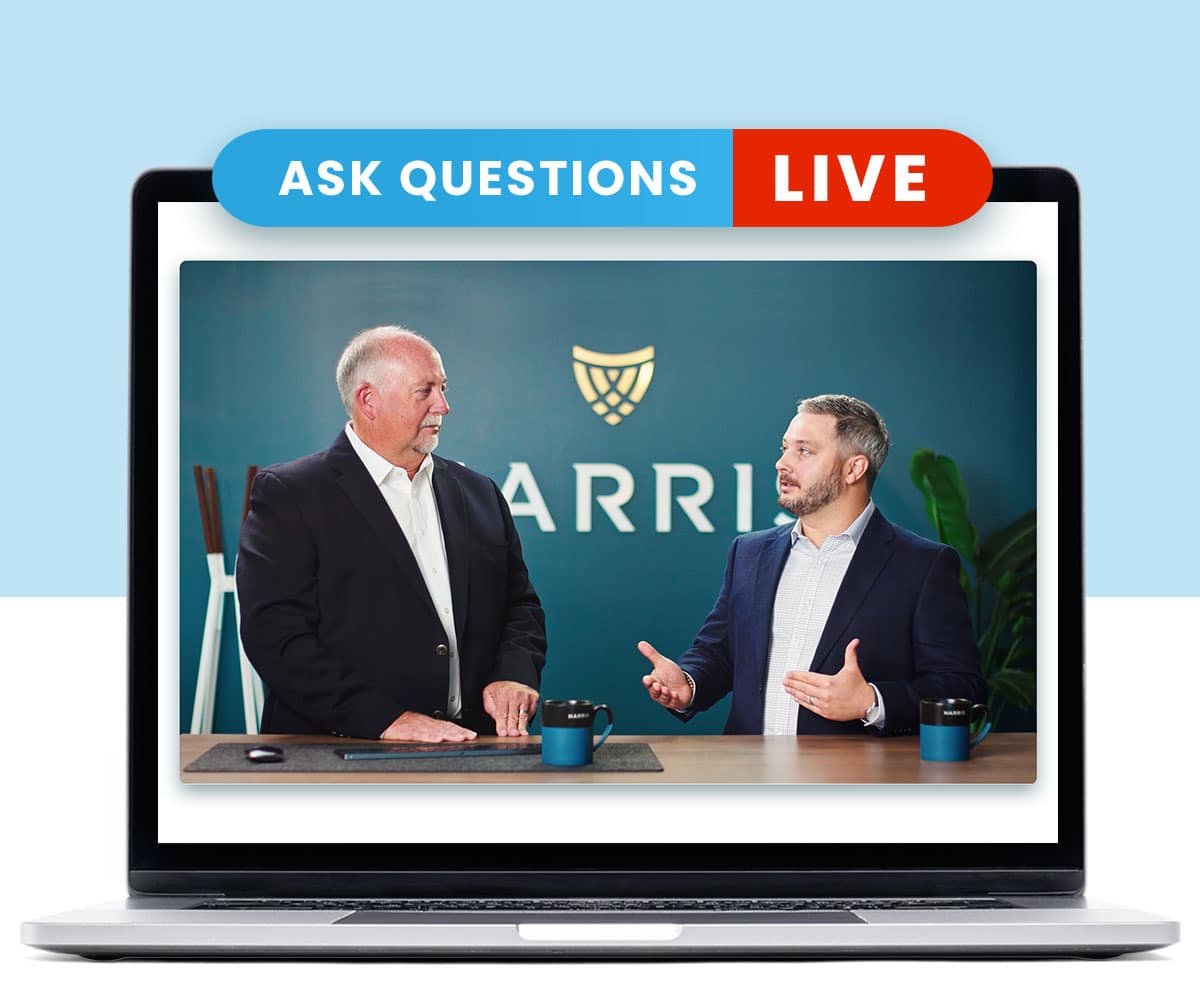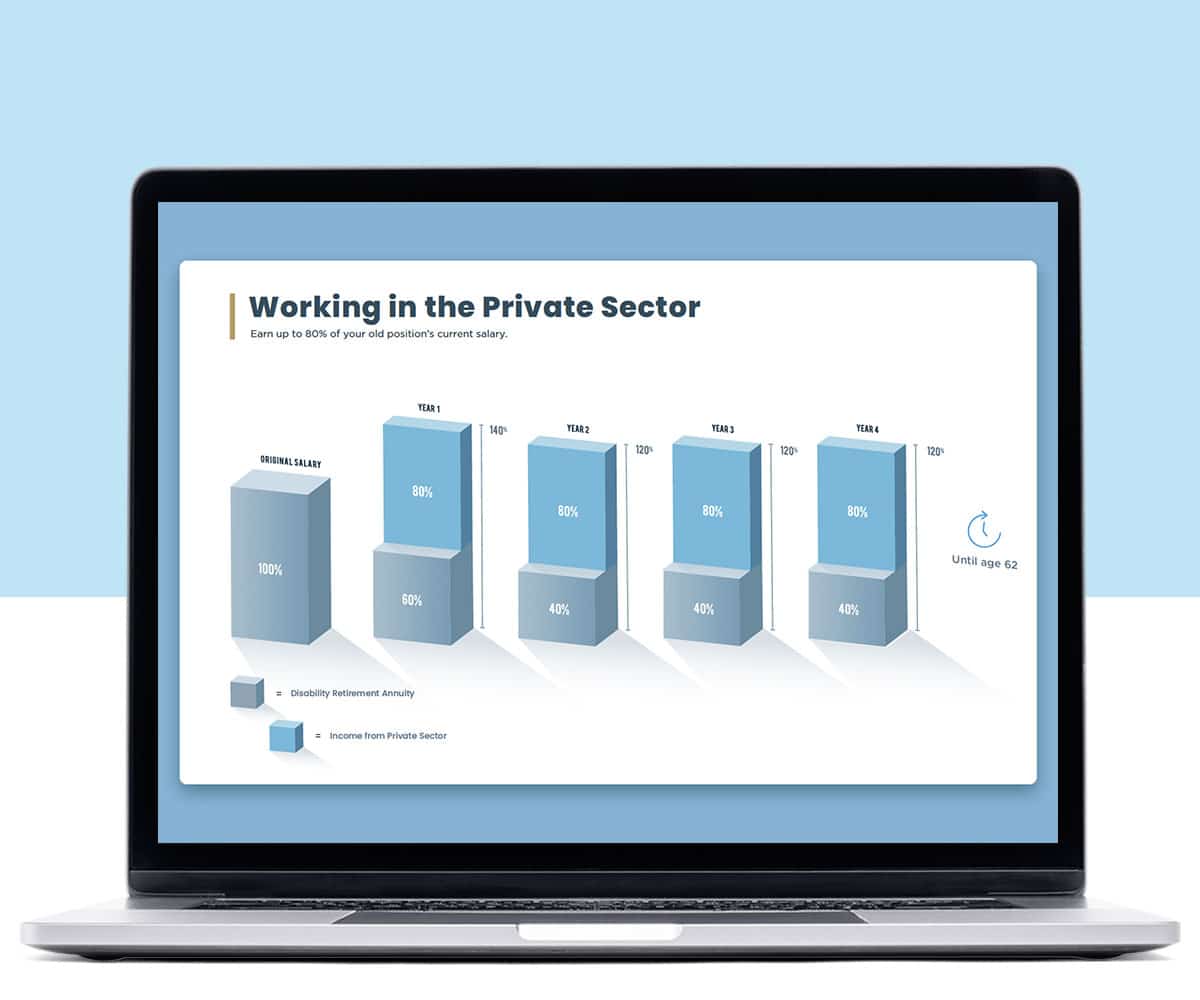 Under the Federal Employees Retirement System (FERS), there are four types of retirement; voluntary, early, deferred, and disability. Last week we looked at the eligibility requirements for each of these retirements. This post will focus on the annuity computation for each.
Under the Federal Employees Retirement System (FERS), there are four types of retirement; voluntary, early, deferred, and disability. Last week we looked at the eligibility requirements for each of these retirements. This post will focus on the annuity computation for each.
Voluntary
Your basic annuity is calculated based on your length of service and your High-3 average salary. Let’s break this down a little. In determining your length of service, add all periods of creditable service, and eliminate any partial month from the total. Your High-3 salary is your highest average basic pay earned during any three consecutive years of service. Finally, basic pay is your base salary you earn for your position, including increases in salary for which retirement deductions are withheld. This includes shift rates; however, it does not include overtime or bonuses.
If your total service is less than three years, your average salary is figured by averaging your basic pay during all your periods of creditable service.
Computation
If you are under age 62 at the time of separation OR age 62 or older with less than 20 years of service, you receive one percent of your High-3 salary for each year of service. If you are age 62 or older at separation with 2 or more years of service, you receive 1.1 percent of your High-3 for each year of service.
Early
Your annuity is computed the same way as above, however, if you are retiring under MRA+10 (minimum retirement age), you are subject to an age reduction.
Deferred
The computation is the same as voluntary retirement and subject to the age reduction unless you postpone the start date of your annuity.
Disability
This computation is a little tricky. It is computed differently depending on your age and the amount of service you have at retirement. Also, the benefits are recomputed after the first 12 months and again at age 62.
If you are age 62 or older at retirement or meet the age and service requirements for an immediate, voluntary retirement, your annuity will be computed using the voluntary method above.
However, if you are under age 62 and not eligible for an immediate voluntary retirement, the calculation looks a little different.
- For the first 12 months—You would receive 60 percent of your Hig-3 salary minus 100 percent of Social Security benefits for every month you’re entitled to Social Security. (Remember one of the qualifications for federal disability retirement is that you apply for Social Security benefits.)
- After the first 12 months—You would receive 40 percent of your High-3 salary minus 60 percent of Social Security benefits for every month you’re entitled to receive Social Security.
- When you reach age 62, your annuity is recomputed again using the amount that represents the amount you would’ve received had you continued working until the day before your 62nd The computation would like this—if the actual service plus credit for your time as a disability annuitant equals less than 20 years, you receive one percent of your High-3 for each year of service. If your actual service plus credit for your time as a disability annuitant equals more than 20 years, you receive 1.1 percent of your High-3 for each year. The total service used in the computation will be increased by the amount of time you spent as a disability annuitant. Also, your average salary will be increased by all FERS Cost of Living Adjustments paid during the time you were a disability annuitant.
Harris Federal Law Firm has helped thousands of federal workers with their disability cases. If you think you may qualify, please give us a call at 877-226-2723 or fill out this INQUIRY form. We would love to schedule a FREE consultation with you and discuss the specifics of your case.


